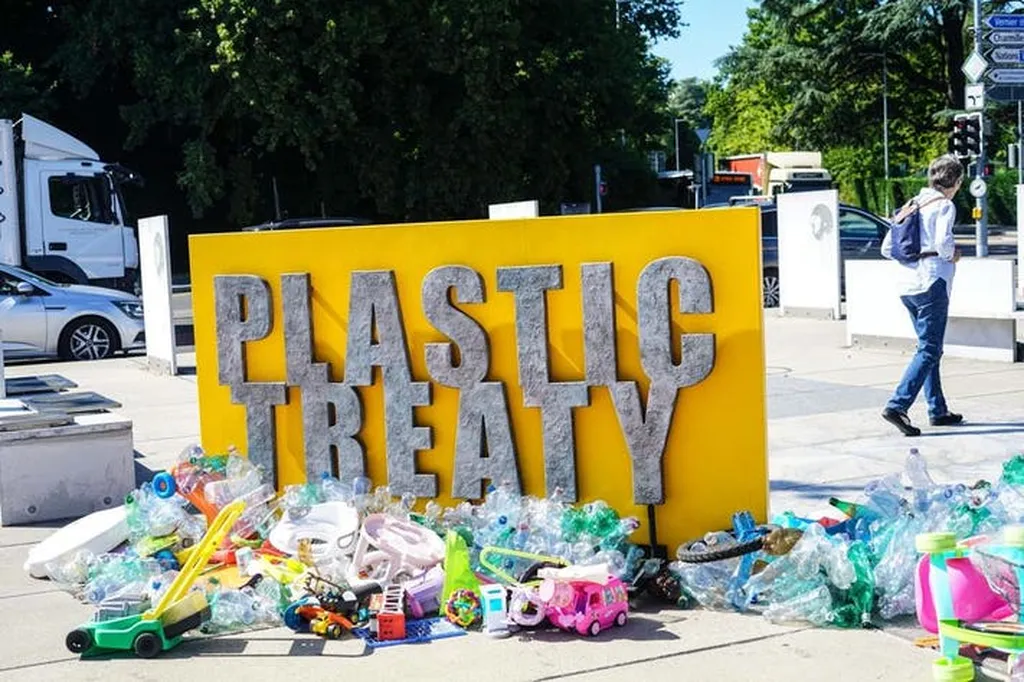In the quest for sustainable materials, scientists are turning to computational methods to accelerate the discovery of polymers that can be easily recycled. A recent study published in *npj Computational Materials* by Brandi Ransom of IBM Research–Almaden sheds light on the energy barriers associated with ring-closing depolymerization (RCD) for aliphatic polycarbonates, a process that could revolutionize how we recycle plastics.
Ransom and her team focused on 6-membered aliphatic carbonates, a class of polymers that can break down into their original monomers through RCD. This process is particularly appealing because it allows for the recovery of high-purity monomers, which can then be reused to create new polymers. However, the efficiency of RCD depends heavily on the chemical structure of the polymer and the solvent used.
“Most studies have focused on designing specific monomers to make depolymerization easier,” Ransom explained. “But we wanted to understand how different functional groups influence the energy barriers for RCD. This could help us identify new polymers that are easier to recycle without having to redesign them from scratch.”
Using high-throughput computational analysis, the team calculated the energy barriers for RCD in various solvents. Their findings aligned with experimental data, validating the computational approach as a powerful tool for predicting polymer behavior. To further confirm their results, the researchers conducted experimental evaluations of the thermal depolymerization in two of the studied polycarbonates, demonstrating their ability to undergo RCD.
The implications for the energy sector are significant. As the world grapples with the environmental impact of plastic waste, developing polymers that can be easily recycled is a top priority. By understanding the energy barriers to RCD, researchers can design more sustainable materials that require less energy to recycle, reducing the overall carbon footprint of the plastics industry.
“This work highlights the advantage of high-throughput energy barrier computations to provide meaningful insight into broad reactivity trends,” Ransom said. “It’s a laborious process to test every possible polymer experimentally, but with computational methods, we can quickly identify the most promising candidates.”
The study not only advances our understanding of RCD but also paves the way for future research in sustainable materials. By leveraging computational tools, scientists can accelerate the discovery of new polymers that are both high-performing and environmentally friendly. As the energy sector continues to seek innovative solutions to reduce waste and improve recycling efficiency, this research offers a promising path forward.
In a field where time and resources are often limited, the ability to predict polymer behavior through computation could be a game-changer. Ransom’s work not only bridges the gap between theory and experiment but also opens up new possibilities for designing the next generation of sustainable materials. As the world moves towards a circular economy, the insights gained from this study will be invaluable in shaping the future of recycling and waste management.

